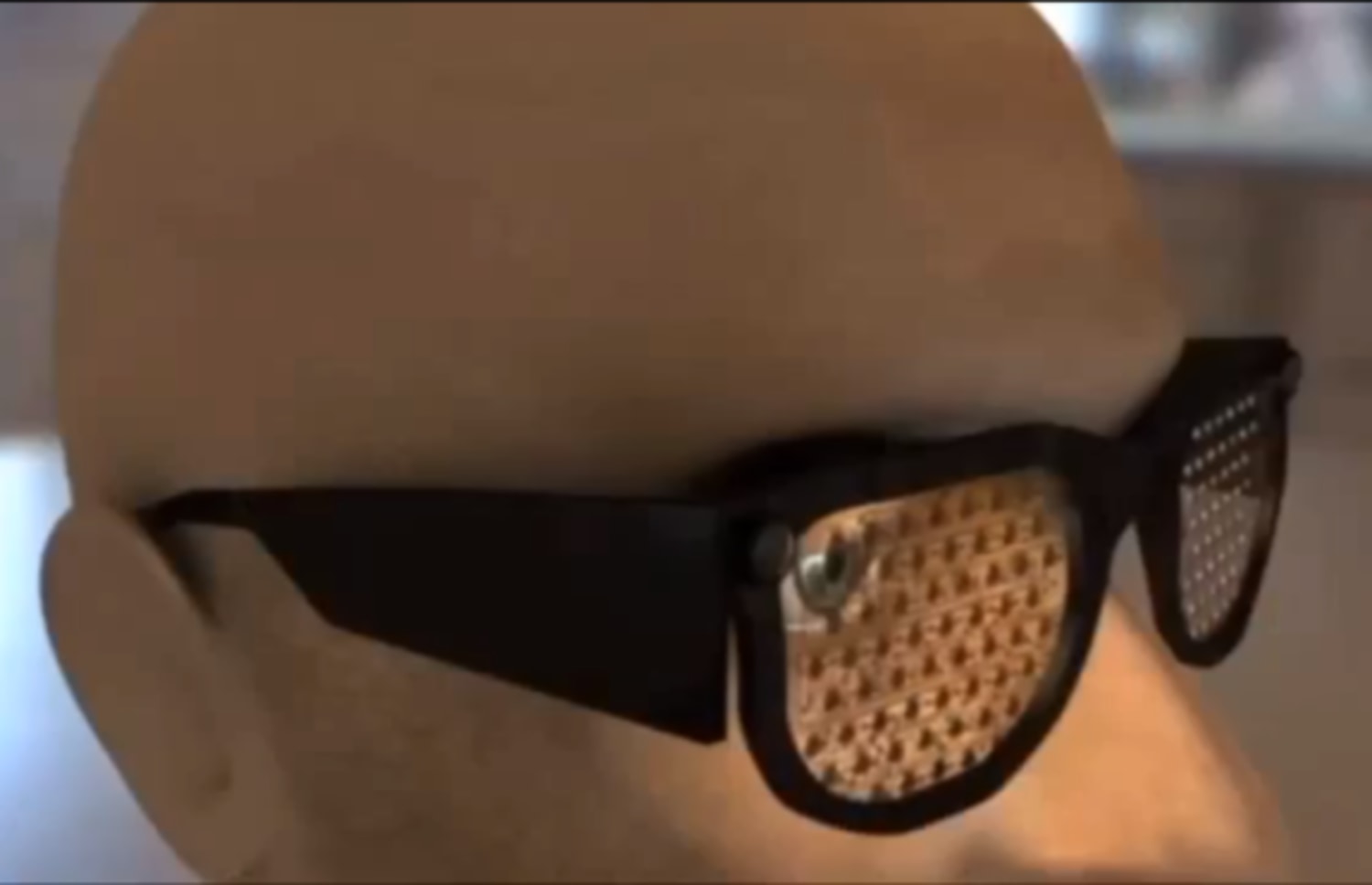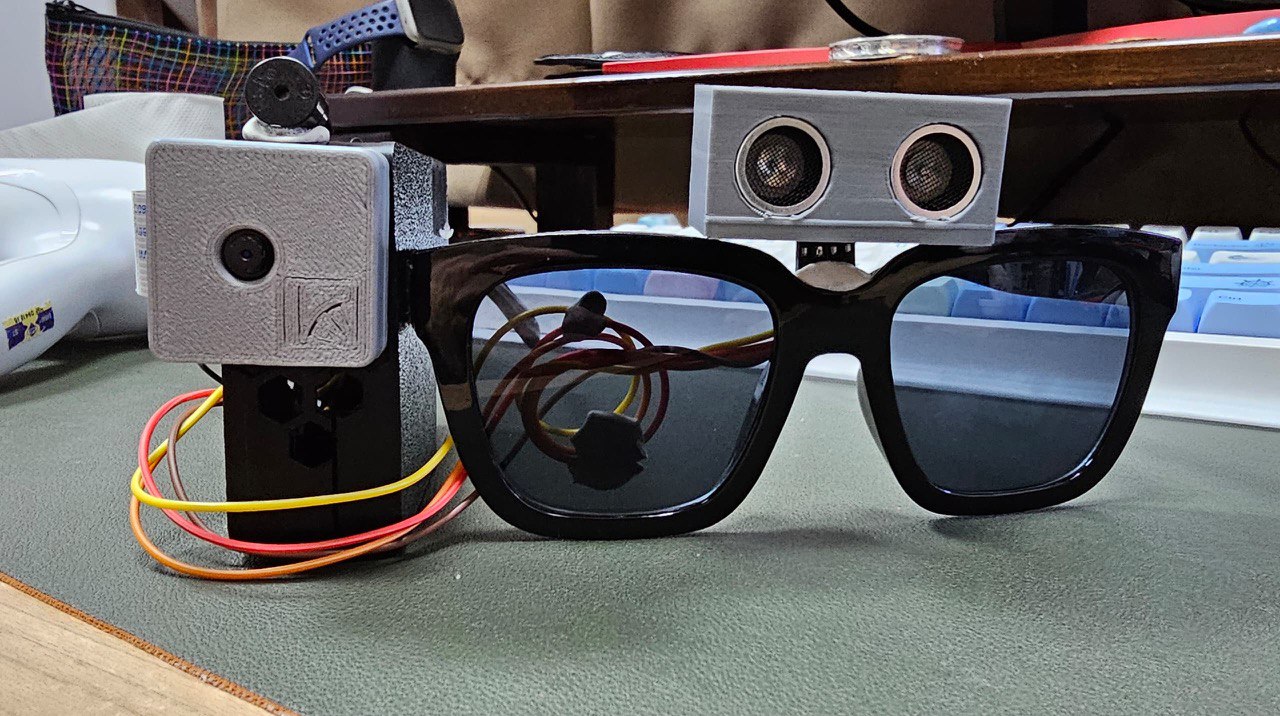Discover Advanced Assistive Devices for Individuals With Visual Problems
The landscape of assistive modern technology for individuals with aesthetic problems is advancing swiftly, offering a range of cutting-edge tools that boost autonomy and involvement. From clever glasses that flawlessly combine aesthetic input with acoustic assistance to innovative navigating applications that redefine spatial recognition, these devices are reshaping possibilities.
Smart Glasses Innovations
Smart glasses stand for a substantial improvement in assistive modern technology for individuals with aesthetic impairments. Furnished with electronic cameras and sensing units, smart glasses can catch real-time visual details, which is after that refined and communicated to the individual through audio feedback or haptic feelings.
Furthermore, improvements in fabricated knowledge have better improved the capabilities of smart glasses. Artificial intelligence formulas can recognize faces, checked out text, and recognize items, making them very useful devices for day-to-day tasks. Customers can receive auditory signs that supply context about their setting, promoting self-reliance and self-confidence.
In addition, the ergonomic design and lightweight nature of numerous clever glasses make them ideal for prolonged use, making sure convenience while boosting capability. As these devices remain to develop, they hold the prospective to reinvent the method people with aesthetic problems experience their day-to-day lives, linking the void in between access and technology. The ongoing research and development in this area promise to expand the possibilities for smart glasses, making them a crucial part of modern-day assistive tools.
Navigation Application and Tools
Countless navigation apps and devices have actually arised as crucial sources for individuals with aesthetic disabilities, dramatically enhancing their ability to traverse unfamiliar settings. These modern technologies utilize general practitioner capability, audio cues, and real-time information to give individuals with accurate navigation assistance.
One noticeable instance is the Aira application, which connects customers to skilled representatives who can give visual summaries of environments and navigation guidance via a live video clip feed. This solution boosts the customer's spatial awareness and self-confidence while browsing. Another remarkable tool is Seeing Eye GPS, which supplies voice-guided navigation and sights, enabling customers to gain access to vital details regarding their environments.
As modern technology remains to advancement, the growth of extra sophisticated navigation devices promises to additional empower people with aesthetic disabilities, helping with seamless wheelchair and combination into varied environments. Such innovations contribute in advertising a more comprehensive culture.
Braille Modern Technology Improvements
In current years, advancements in Braille technology have considerably transformed exactly how individuals with visual disabilities gain access to info and involve with the world around them. The advancement of portable Braille displays has revolutionized reading by allowing users to connect wirelessly to computer systems, tablets, and mobile phones. These devices convert text right into Braille in real-time, allowing smooth interaction with digital web content.
In addition, cutting-edge Braille printers have emerged, enhancing the manufacturing of responsive materials. Modern embossers are faster and extra reliable, permitting the Read Full Report fast production of browse around this web-site Braille papers and instructional materials. This performance minimizes the time and cost related to creating Braille resources, making them extra easily accessible to organizations and institutions.
Additionally, the combination of Braille with other modern technologies, such as expert system and device understanding, has actually opened brand-new avenues for tailored discovering experiences. Voice recognition and synthesis technologies can match Braille, giving an inclusive strategy to info circulation.
As the demand for comprehensive education and office atmospheres expands, these technological developments play a crucial role in helpful resources encouraging individuals with visual problems, ensuring they have equivalent accessibility to info and possibilities in different elements of life.
Wearable Tools for Independence
An expanding variety of wearable devices is improving freedom for individuals with visual impairments, using ingenious services that enhance navigating and day-to-day living. Braille displays and notetakers. These devices use innovative technologies to offer real-time comments and support, promoting freedom in numerous settings

Wearable modern technology additionally consists of smartwatches that can be configured with availability attributes, enabling individuals to obtain alerts, track their locations, and even call for assistance with the touch of a switch. Some gadgets include artificial intelligence to evaluate the atmosphere, offering audio descriptions of close-by items or individuals.
Voice-Activated Assistive Solutions
Leveraging voice-activated assistive options has actually changed the landscape of assistance for people with aesthetic problems, providing hands-free interaction and access to a range of tasks. These innovations use natural language handling and fabricated knowledge to make it possible for customers to execute day-to-day tasks through straightforward voice commands.

Furthermore, recent developments in voice acknowledgment precision have enhanced the individual experience substantially, suiting varied accents and speech patterns. This inclusivity makes sure that even more people can gain from these innovations, promoting a higher sense of freedom.
Conclusion
To conclude, the advancement of sophisticated assistive gadgets substantially improves the self-reliance and quality of life for individuals with aesthetic disabilities. Advancements such as wise glasses, navigation apps, Braille innovation, wearable gadgets, and voice-activated services jointly foster a more inclusive setting. These technologies equip individuals to navigate their surroundings with self-confidence and involve more totally with the world, eventually promoting higher accessibility and level playing fields for people dealing with visual challenges.
The landscape of assistive modern technology for individuals with visual disabilities is progressing rapidly, offering a variety of innovative tools that improve autonomy and involvement.Smart glasses represent a substantial improvement in assistive technology for people with aesthetic impairments. As these tools continue to advance, they hold the prospective to revolutionize the means individuals with aesthetic impairments experience their day-to-day lives, connecting the gap between accessibility and innovation.In recent years, improvements in Braille technology have actually considerably changed how people with aesthetic impairments accessibility information and involve with the globe around them. These modern technologies encourage users to browse their surroundings with self-confidence and engage even more fully with the globe, ultimately promoting better availability and equivalent possibilities for individuals facing aesthetic challenges.